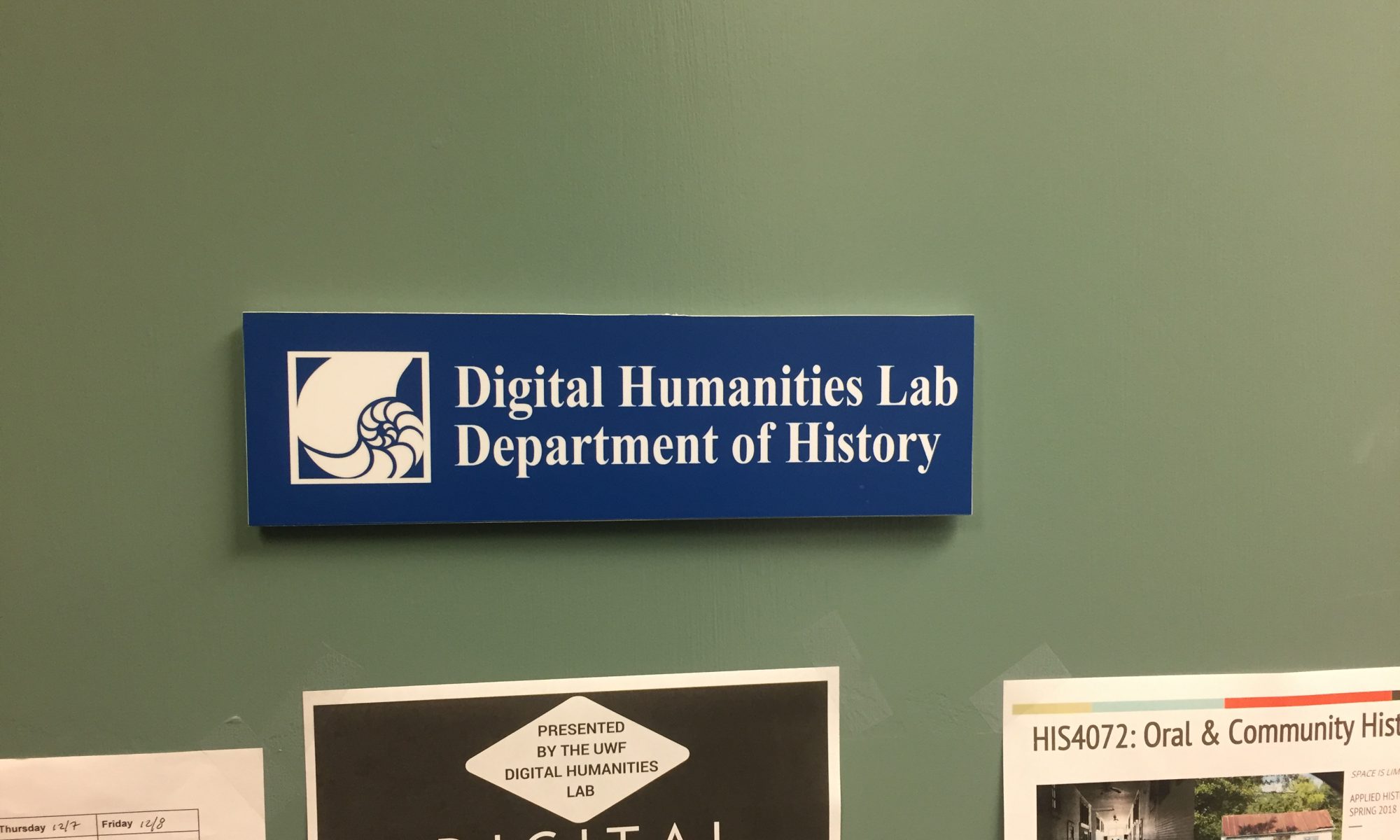The University of West Florida’s Spring 2017 Preservation Seminar took on the task of developing a pilot for a coastal heritage survey and outreach project. The project’s long term goal is to inventory the many cultural coastal heritage sites in Escambia County, and bring attention to their vulnerability in a time of environmental uncertainty.
The Spring 2017 Preservation Seminar included six researchers and one web developer. Each of the six researchers identified a thematic focus: extreme weather, waterborne transportation and navigation, the lumber industry, tourist accommodations, and public health. The researchers then created a comprehensive inventory of all sites and events related to their topic in Escambia County. Their detailed spreadsheets included the name of each site or event along with a brief description, the location, associated dates, an indication of whether the site has extant remains, an image, and citations. The researchers also had to select three sites for a focused, in-depth examination, as well as a short essay on the overall theme comprised by their topic of research. Once this information was compiled, it became a matter of how to present this information to the Escambia County community.
One of the first questions that we had to ask ourselves was how to bring a huge amount of information to the public in a way that was accessible, digestible, and stimulating. The team decided that a website would be the best platform for storing and disseminating our research. The use of maps and timelines allowed us to present information in the context of place and time. We broke down our dataset further by developing six overarching themes: hazards, federal landscape, natural commodities, leisure and recreation, public health, and transportation. By dividing our sites based on time, space, and theme, our end-users can navigate our site focusing only on the type of information that suits their interests.
Visitors to our site can also filter their browsing experience based on types of sites or researcher. For instance, a visitor can filter their map display to only show historic mill sites. The user will be able to view a short blurb about each site. Citations and hyperlinks are provided with each blurb so that a visitor can pursue further information. This way, users can research a subject as topically or as in-depth as they choose. We have also created separate pages for our researcher’s individual topics, called “Featured Landscape” pages. Each Featured Landscape page includes its own timeline, map, and project description, providing an intensive view into the researcher’s specific line of study.
In addition to the historical information provided on our website, we plan to incorporate map layers which display the environmental forces that threaten our coastal heritage sites. Overlays that show hurricane tracks, flood hazards, and shoreline erosion will be available to visually demonstrate how Escambia County’s cultural resources have been – and will continue to be – transformed by environmental pressures.
Our website was created using WordPress and is generously being hosted through the University of West Florida’s library system. Visual data was generated using Prospect, a data curation and visualization tool developed by Michael Newton and North Carolina University at Chapel Hill. Prospect allowed our researchers to create inventories on a formatted CSV spreadsheet, which could be uploaded into WordPress and automatically sorted, curated, and projected as visualized datasets. This system worked perfectly as we synthesized individual research into a cohesive group project. Prospect also allowed us to create custom maps and timelines that could filter and display any relevant data. Prospect also allowed us to include photographs into our inventories. The photographs are displayed alongside each site entry, elevating the user experience and make for more engaging posts.
For the overall look of our site, we used the Twenty Seventeen theme, developed by the WordPress team. This theme was selected for its clean feel and fluid, easily customizable layout. Our team profiles were generated using the Team Builder plugin, created by wpshopmart. Team Builder was selected based on its ease of use, extensive customization tools, and ability to create tidy, uniform user profiles for each of our team members. The image sliders on our Home and Featured Landscapes pages use the Huge IT Responsive Slider plugin, developed by Huge-IT Responsive Slider. This feature was selected because of its large range of customization options, and its intuitive, user friendly interface.
We would like to extend a thank you to all of those who made this pilot project a reality. Your patience, perseverance, and hard work is appreciated beyond measure.
